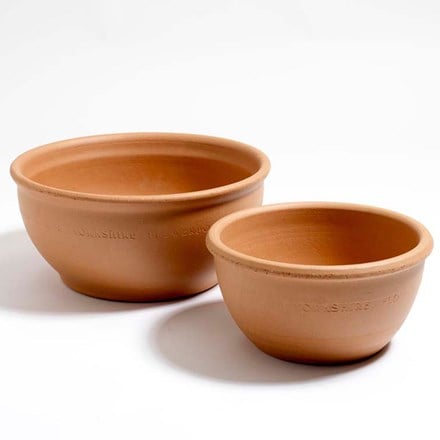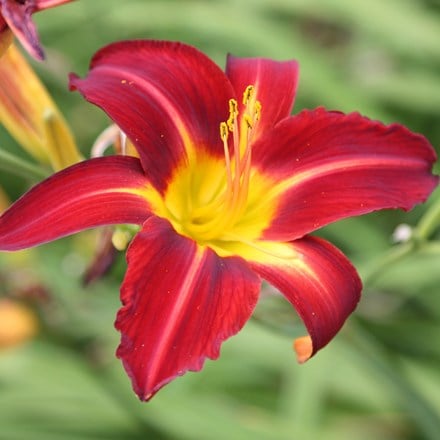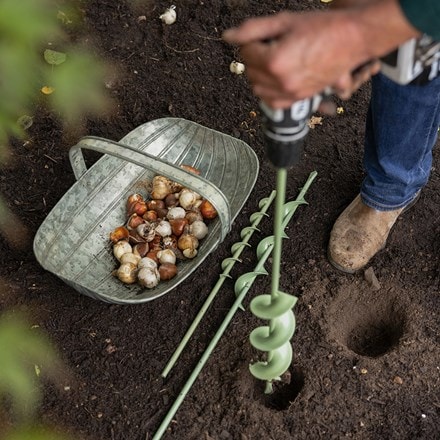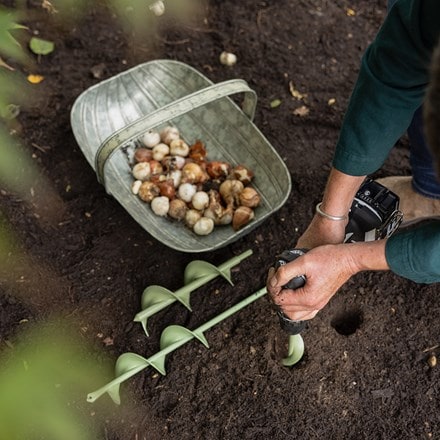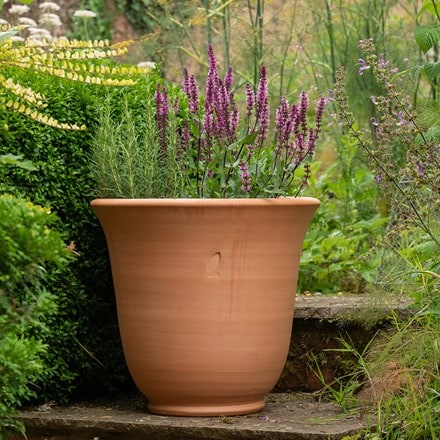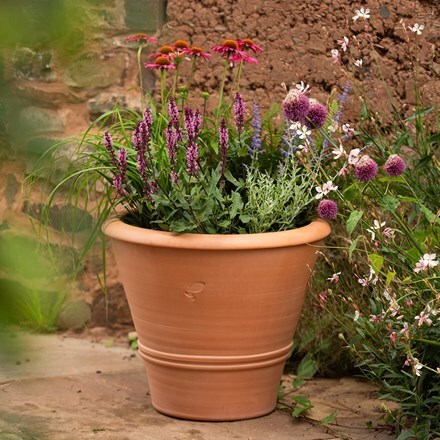Crocosmia collection
montbretia collection
- 1 × collection | 30 bulbs
- £17.95 £0.60 each
- Delivered during January
- 2 + 1 FREE collections | 90 bulbs
- £35.90 £0.40 each
- Delivered during January
Delivery options
- Bulbs (only) £4.99
- Position: full sun or partial shade
- Soil: moderately fertile, moist, well-drained soil
- Rate of growth: average to fast
- Flowering period: August to September
- Hardiness: frost hardy (may need winter protection)
Reliably putting on a dazzling show in the garden with their vividly coloured, funnel-shaped flowers, crocosmias make fine additions to mixed or herbaceous borders, as well as more naturalised planting schemes, where they associate well with other late-flowering perennials and ornamental grasses. Thriving in sun-drenched spots, they will also grow in lightly shaded positions, however they tend not to flower as profusely.
One collection comprises 10 corms of each of the following:
- Crocosmia × crocosmiiflora 'Carmin Brillant': Wiry branching stems rise above the foliage in summer carrying red buds which open to yellow-throated, carmine-red flowers. Their strap-shaped leaves are also attractive and provide a vertical accent. Grows to 60cm.
- Crocosmia × crocosmiiflora 'George Davison': One of the earliest montbretias into bloom each year, this cultivar produces arched branching stems of large, pale yellow flowers that are flushed with orange, above loose clumps of strap-shaped green leaves. Grows to 1.2m.
- Crocosmia 'Lucifer': Masses of bright red flowers are produced along the top of the slightly arching spikes in midsummer. Perfect for planting in big, bold swathes through ‘hot’ themed borders, the flowers are also excellent for cutting. Grows to 1.2m.
Plant corms in spring, 8-10cm (3-4in) deep and 10-15cm (4-6in) apart, in a sunny or lightly shaded spot with well-drained soil. Water well after planting and keep the soil moist as the corms establish. Allow the foliage to die back naturally in autumn; this stores energy for next year’s growth.
Protect the crowns over winter with a layer of bracken, bark chips, or horticultural mulch to prevent frost damage. Lift and divide overcrowded clumps in spring before new growth starts. Remove dead foliage in late winter if necessary and apply a balanced fertiliser in spring to support healthy shoots and abundant summer flowers.
Montbretia performs best when left undisturbed for a few seasons, so avoid frequent lifting unless overcrowded.
Protect the crowns over winter with a layer of bracken, bark chips, or horticultural mulch to prevent frost damage. Lift and divide overcrowded clumps in spring before new growth starts. Remove dead foliage in late winter if necessary and apply a balanced fertiliser in spring to support healthy shoots and abundant summer flowers.
Montbretia performs best when left undisturbed for a few seasons, so avoid frequent lifting unless overcrowded.
- Humans/Pets: Ornamental bulbs - not to be eaten





